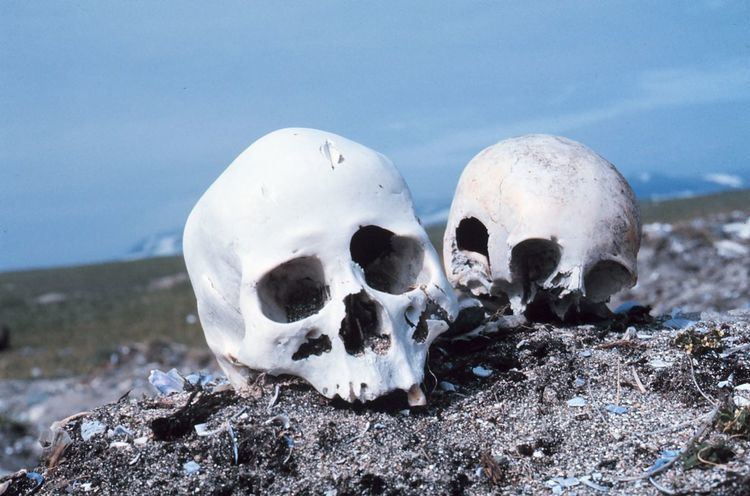 | ||
The following outline is provided as an overview of and topical guide to forensic science:
Contents
- Nature of forensic science
- Forensic methodologies
- By period
- By subject
- Evidence
- Forensic tools
- Organizations
- Forensic practitioners
- Forensic science in popular culture
- References
Forensic science – application of a broad spectrum of sciences to answer questions of interest to a legal system. This may be in matters relating to criminal law, civil law and regulatory laws. it may also relate to non-litigious matters. The term is often shortened to forensics.
Nature of forensic science
General forensics topics include:
Forensic methodologies
By period
By subject
Evidence
Forensic tools
Organizations
Forensic practitioners
Forensic science in popular culture
References
Outline of forensic science Wikipedia(Text) CC BY-SA
